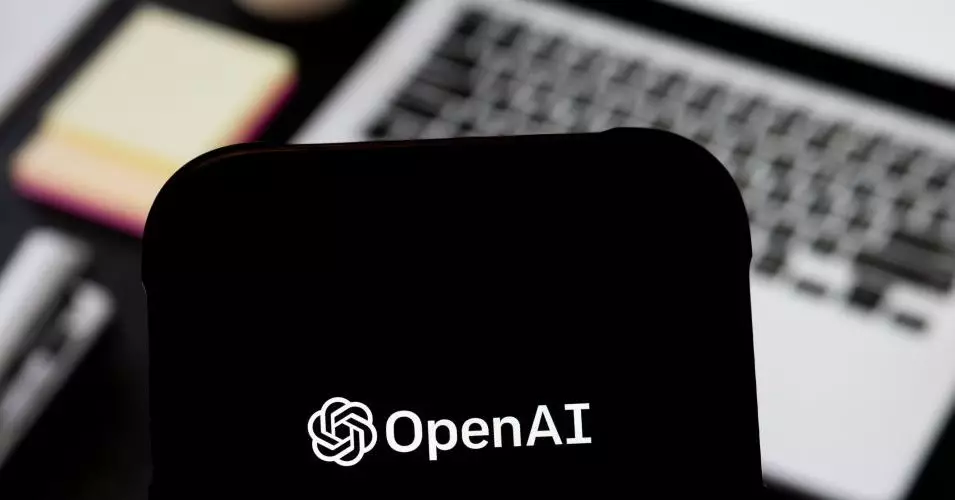In a stunning revelation, Sam Altman, the CEO of OpenAI, announced the impending release of an open-weight artificial intelligence model. The anticipation surrounding this development marks a significant juncture not only for OpenAI but for the entire artificial intelligence ecosystem. Altman shared the news via X, expressing the excitement of launching a groundbreaking language model capable of reasoning, which is set to debut in the coming months.
OpenAI’s decision to pivot towards an open-weight model comes as a direct response to mounting competition from Chinese startup DeepSeek and the impressive traction gained by Meta’s Llama models. This shift symbolizes an acknowledgment that the company must adapt to an evolving landscape where open access to AI technology is becoming increasingly prevalent. Following DeepSeek’s monumental success with their R1 model, Altman recognized that OpenAI had found itself “on the wrong side of history” regarding their stance on model accessibility. The shift is not merely reactive but reflects OpenAI’s commitment to remaining relevant and innovative in a fast-paced industry.
The Economic Imperative Behind Open Weights
One of the driving forces behind OpenAI’s transition to open-weight models lies in the economic viability of this approach. Open-weight models, as indicated by experts such as Clement Delangue of HuggingFace, can be significantly less expensive to train and utilize. DeepSeek’s ability to develop its successful model at a fraction of the cost of more traditional offerings could have set off alarms within OpenAI’s executive suite. The implications of this economic advantage extend beyond mere prices; they represent a democratization of AI technology, ensuring that smaller enterprises and independent developers can access and modify powerful models without prohibitive costs.
This democratization is essential, as it fosters an environment where innovation flourishes. Developers will have the autonomy to tailor the AI models to meet specific needs, especially in sensitive applications that handle confidential data. Steven Heidel of OpenAI further reassured the public by stating that the upcoming model could be run on local hardware, which aligns perfectly with the growing desire for data sovereignty in an age where privacy concerns are paramount.
Cautions in the Era of Open Technology
However, with great power comes great responsibility. OpenAI has been vocal about the potential risks associated with open-weight models, particularly with regard to misuse, which could lead to cyberattacks or even the development of harmful biological agents. Johannes Heidecke, an AI safety researcher at OpenAI, alerted the community that the company is acutely aware of these risks. Through rigorous testing backed by their Preparedness Framework, OpenAI aims to mitigate catastrophic challenges associated with releasing powerful AI models without sufficient safeguards.
Critics of open-weight models contend that they may heighten vulnerabilities in security protocols, granting nefarious actors tools that could be used to threaten society. While Altman and his team prepare to embark on this journey, the balancing act between openness and security remains delicate, necessitating transparent conversation and ongoing scrutiny.
The Community’s Role in Advancing Open AI
In this new chapter, OpenAI has also taken steps to involve the developer community in its evolution. By inviting developers to apply for early access to the forthcoming model and planning events for collaboration, OpenAI is actively encouraging innovation. These initiatives promise to create a vibrant ecosystem where developers can experiment with and improve upon AI technologies while ensuring responsible use.
It is essential to recognize, however, that the transparency of these models remains a topic of debate. Although companies like Meta have made strides in open access with their Llama models, many in the research community stress the necessity of full transparency regarding training data and processes. The imposition of restrictive licenses that limit potential profit-making from applications based on these models raises questions about true openness.
In a rapidly evolving AI landscape, the arrival of open-weight models will undoubtedly redefine the parameters of innovation, collaboration, and ethical considerations. OpenAI’s audacious decision could signal a new era in AI where power, accessibility, and responsibility converge to shape a transformative future.

